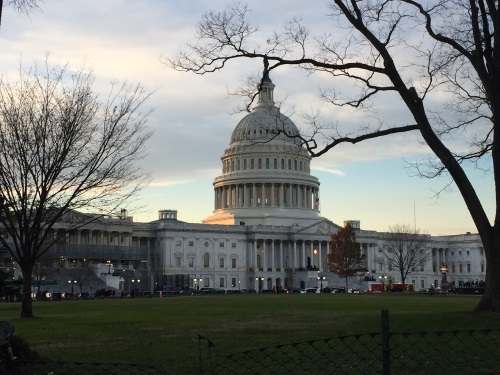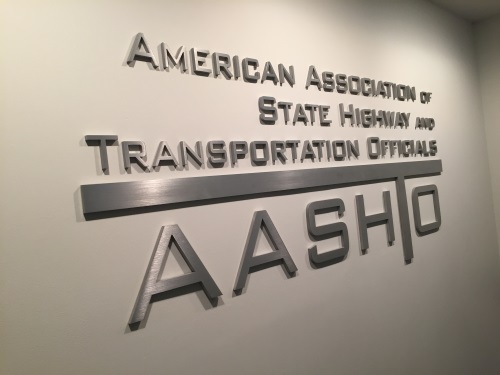The American Association of State Highway and Transportation Officials recently provided feedback to the Federal Emergency Management Agency in response to FEMA’s effort to update its floodplain and wetlands protection regulations.
[Above photo by FEMA]
In a comment letter sent to FEMA, AASHTO said that while FEMA’s proposed Federal Flood Risk Management Standard or FFRMS and its associated eight-step process “allows for flexibility based on project location and site information,” the rulemaking needs “further clarification” as well.

“AASHTO believes that building our transportation infrastructure to survive extreme events is a good investment; however, we feel the proposed methods are overly conservative and based on the risk of low probability,” the organization said in its letter. “We are also concerned that interpretations of ‘resiliency’ and ‘nature-based’ will vary across region and will be inconsistent with applicable engineering practices, particularly for scour protection.”
AASHTO stressed that further guidance from FEMA and the Federal Highway Administration is needed to ensure the “practical application” of the FFRMS so it does not impact the “consistent delivery process” for transportation projects.
Other comments AASHTO provided to FEMA regarding this particular rulemaking include:
- Federal Highway Administration regulations specific to transportation should supersede any conflicting rules promulgated by FEMA.
- The application of the FFRMS should be in a “progressive and adaptive” fashion. “In the past, the design changes needed to meet resiliency requirements would have been viewed as a ‘betterment,’ but there is no discussion of betterments in this document,” AASHTO noted.
- More clarity is needed in terms of how the FFRMS applies to state DOT projects funded through FHWA, as the proposed rulemaking references all federal agency funding. It is also not clear how the FFRMS applies when only using FEMA funding or if FEMA funding can be combined with other federal funding.
- Further clarification is also needed on whether the FFRMS allows for FEMA funding to cover expenses associated with making necessary improvements and enhancements to roadways, bridges, and culverts or if the funding is only for the replacement of structures in-kind.
- AASHTO also stressed it is unclear how the FFRMS will impact scour calculations and design, as well as how the proposed rules would impact National Environmental Policy Act or NEPA processes.
- There are concerns about the document’s conflation of structures, facilities, and buildings, as well as the redefinition of floodplains and the interpretation of a flexible resiliency approach for roadways and bridges.
“The proposed rulemaking does not specify what is being proposed for required wetland avoidance, minimization, or mitigation in terms of acreage and value losses,” AASHTO added. “We request that the final rule specifies whether artificially induced and/or isolated wetlands are included.”
AASHTO added that FHWA and many state DOTs are developing or have developed their own guidance for these items for riverine and tidal environments as well – and that guidance should be included within FEMA’s proposed rulemaking.
“These agencies must be allowed to use their policies since they were developed to fit linear projects and meet the needs of the different states,” AASHTO said. “This information should be part of the FFRMS regulatory decision-making process [and] would be incomplete without this information.”
 Top Stories
Top Stories
AASHTO Comments on Proposed Drone Rules
October 10, 2025 Top Stories
Top Stories

